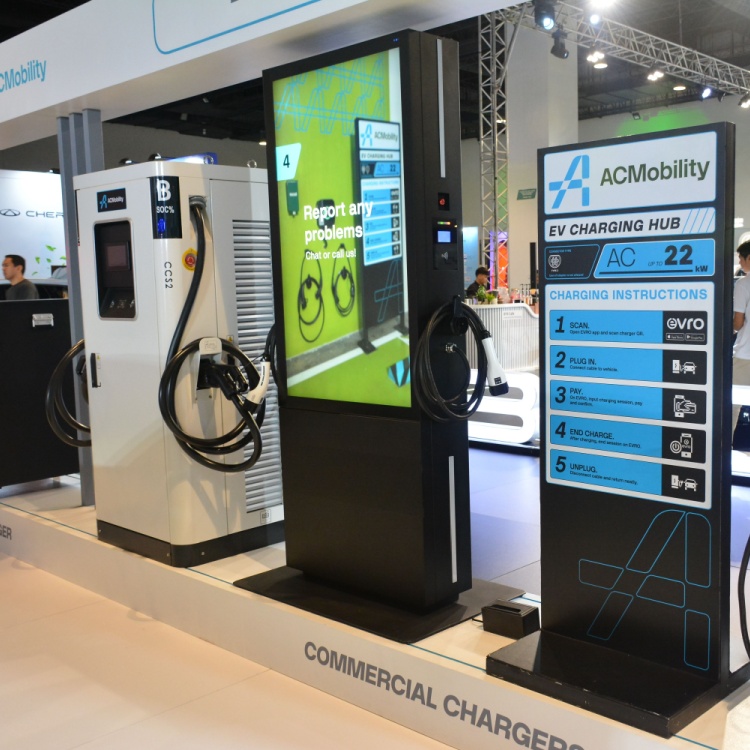Micromobility: The Future of Urban Transport

From electric bikes to standing scooters, micromobility could revolutionize the way we travel around our cities.
Micro-vehicles are lightweight and often electric individual transport vehicles--think electric bikes or electric scooters. These vehicles can be privately-owned or made available to the public through a shared fleet.
They may be small, but they pack a big punch. They’re designed to cover short but crucial distances, including what is known as the first-and-last-mile problem: the distance you travel to reach the public transport system to get to work and back home. With a shared electric bike or your own foldable e-scooter, you could easily hop on and off the bus or metro to get to your next destination--on your own time and steam.
In this article, we take a look at the world of micromobility. Find out the different types of micro-vehicles, learn their pros and cons, and see how they’re transforming cities around the world.
Types of micro-vehicles
According to the Pedestrian and Bicycle Information Center (PIBC), the different types of micro-vehicles share three common characteristics:
- Motorized: They can either be fully motorized (capable of movement without human power) or motor-assisted, which requires human-powered propulsion such as pedaling or kicking). They usually have a battery-powered electric motor.
- Low speed: Most are designed to travel at or below 20 miles per hour. Some devices may operate at or be regulated to even lower speeds, such as 8 miles per hour or less.
- Small size: For most, the standard width is three feet or less and fitting within the standard bike lane or sidewalk width. The weight is typically less than 100 pounds.
Here are a few examples of micro-vehicles.
A growing trend in cities around the world
From Europe and the United States to Seoul and Singapore, micro-vehicles are gaining steam on city streets. Let’s take a look at some facts and figures.
Like many sectors, micromobility was negatively affected by COVID-19. But as lockdowns lift and people avoid public transport, the pandemic could encourage even wider adoption.
"It's a big driver, because public transit is not considered safe and not everybody has access to a private vehicle," says Kersten Heineke, who leads the McKinsey Center for Future Mobility in Europe. “Folks have opted more and more towards micromobility."
What will urban mobility be like after the pandemic? Find out in this video.
https://www.youtube.com/watch?v=X66V0f-Kv9o&t=113s
 Micromobility: a small solution for a big problem?
Micromobility: a small solution for a big problem?
According to the World Cities Report 2020 published by UN-Habitat, 4.4 billion people--or 56.2% of the global population--live in urban areas. That percentage is projected to rise to 60.4% by 2030.
Today, most city dwellers are already dealing with gridlocked streets and dangerous levels of air and noise pollution. Could micromobility be a solution to these problems? Let’s take a look at the advantages and disadvantages.
Safety and regulation
As with any mode of transportation, safety is a primary concern.
According to the U.S. Consumer Product Safety Commission, there were at least 41 deaths and around 133,000 emergency room visits associated with micromobility products from 2017 through 2019. In Europe, at least 11 deaths have involved electric scooters across European cities since January 2018.
In many cities, there may be a lack of regulation for these alternative modes of transportation. Many micromobility users may be novices. Road rules regarding speed and helmet use may not be in place or strictly enforced. There may not be suitable infrastructure for micro-vehicles, such as separate pathways.
A new report by the International Transport Forum (ITF) found that eight out of ten fatal crashes with micro-vehicles involve cars. To protect motorists, micromobility users, and pedestrians, there is a need for clearer road regulations and suitable infrastructure.
The future of urban transport
“The new mobility providers are going to play a much bigger role in moving people around cities--partly because consumers want to use them, but partly because they're also designed for those small-scale, multipoint movements,” says Isabel Dedring, global transport leader at Arup, a design and engineering company.
Making micromobility safe, inclusive, and sustainable can lead to a greener way to navigate the pavement jungles of our world. It could transform them into sustainable, people-centric cities with more space to roam and cleaner air to breathe.
As one of the Top 21 EMS companies in the world, IMI has over 40 years of experience in providing electronics manufacturing and technology solutions.
We are ready to support your business on a global scale.
Our proven technical expertise, worldwide reach, and vast experience in high-growth and emerging markets make us the ideal global manufacturing solutions partner.
Let's work together to build our future today.



